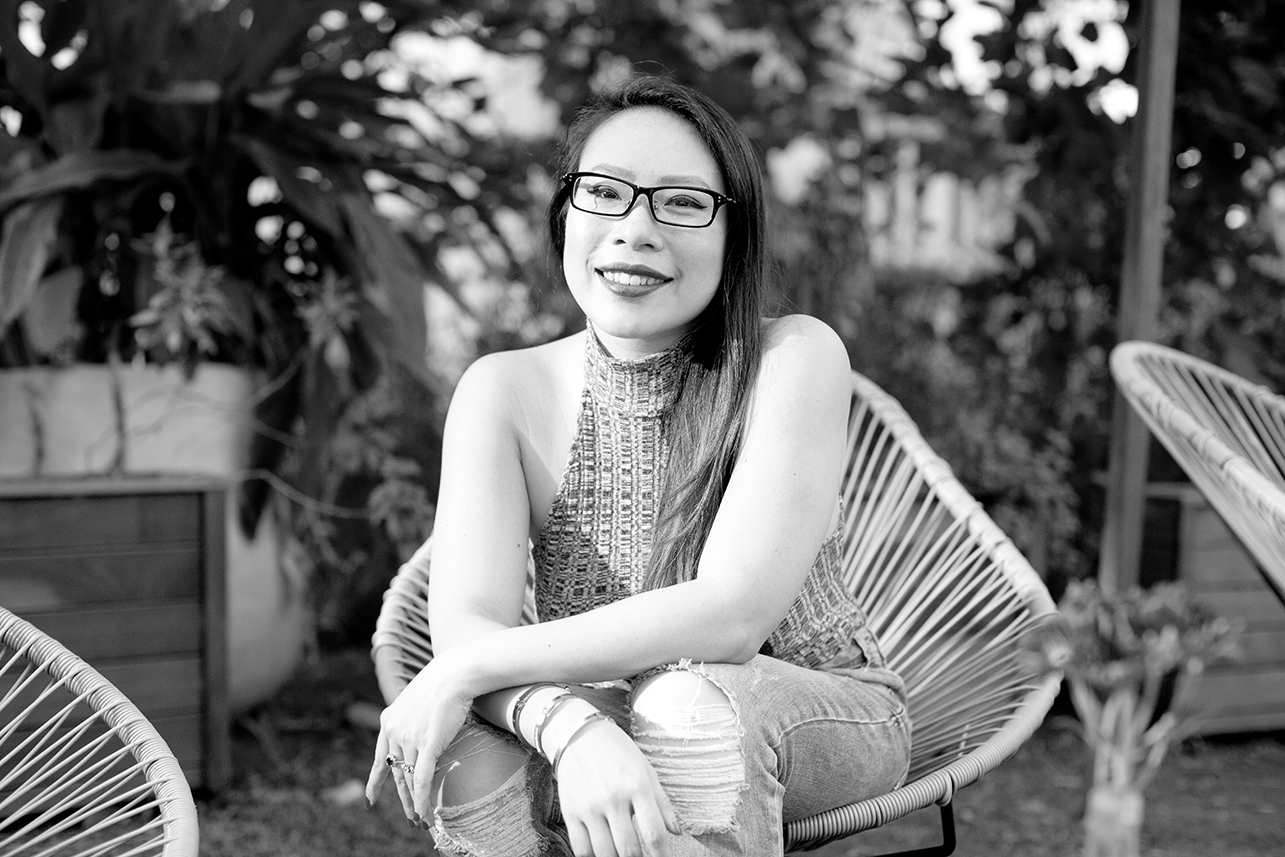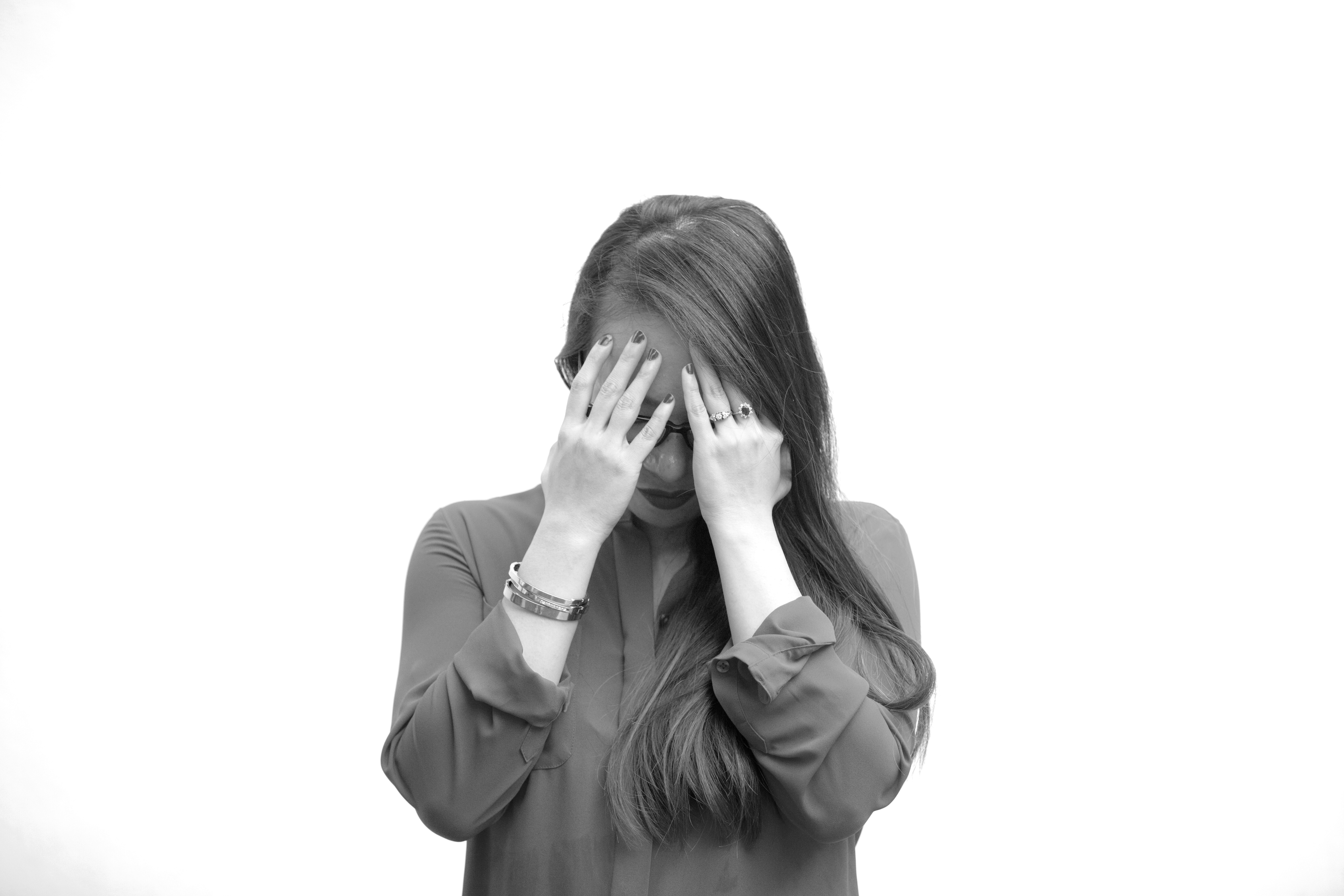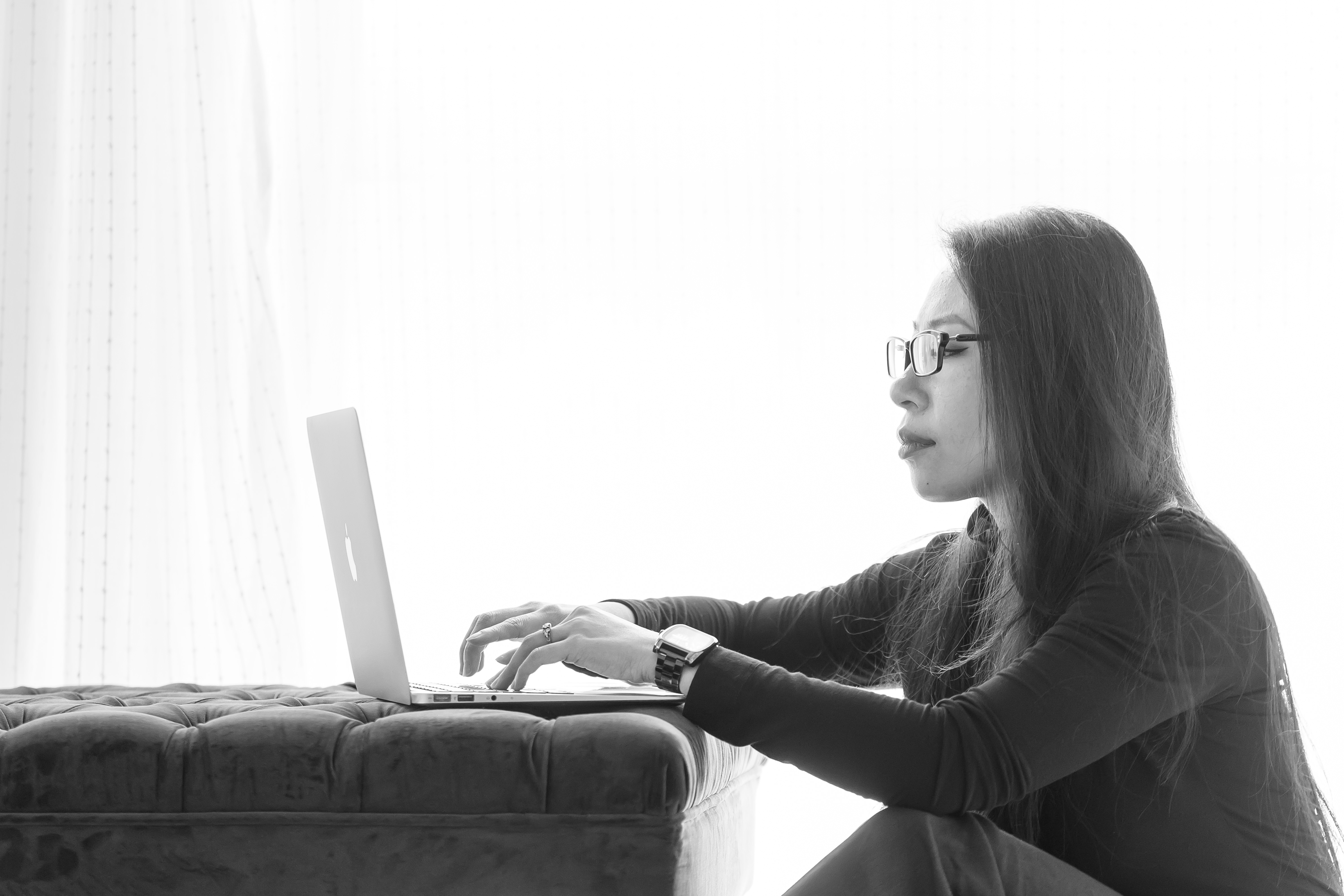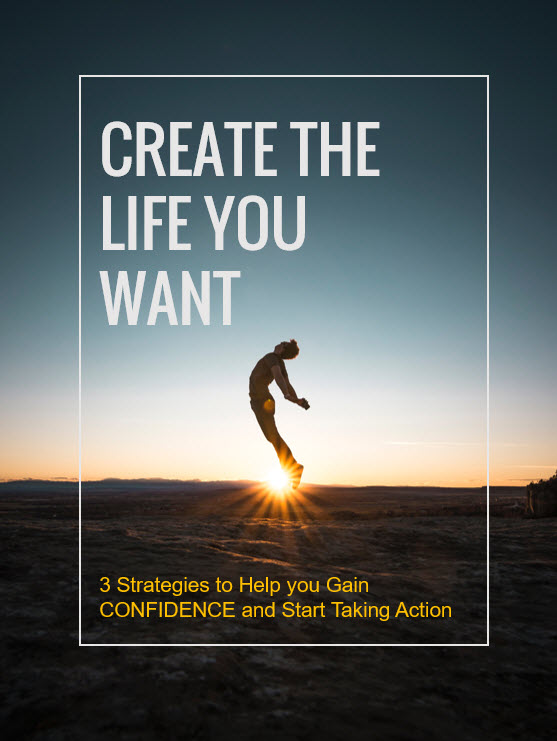SELF
To Create a More Meaningful Life, Think of Your Future Self
You cannot escape the responsibility of tomorrow by evading it today.
Abraham Lincoln
The psychologist John Mayer asked a group of participants which big questions in life interest them the most. Not surprisingly, “what is my future” came up as the most popular question.
Many of us think about our lives in terms of the things we can produce or acquire. We can produce children, acquire a home or a car, some see relationships as a transaction and acquire them that way. We can also acquire or create a career. Of course, if we have a business it is one big production.
These are things we can plan for, we set goals for and we can visualise acquiring them.
According to the psychologist Philip Zimbardo of the famous Stanford prison experiment and his colleague, John Boyd, people who are more focused on the future tend to behave more conscientiously than those who lived in the moment and planned more for their future selves.
For example, you might save more money now if you are thinking of a comfortable retirement in the future or if you were saving up to buy a home. If you are future oriented about your health, you might also be more likely to put down the donut for breakfast and opt for oatmeal instead.
We already do things like buy clothes for our thinner, slinkier, sexier, and often, more stylish future version of ourselves that has not come to pass. We also imagine ourselves in exotic locations upon retirement or think about the creative projects we might do in our future spare time, you know, when we think we don’t have to work for a living.
Our future self versus our current self
When we think of the future, we tend to scale up such as more money, bigger house, fancier car, hotter wife/husband. Nobody scales down. Nobody is planning to make less money or have a smaller home, get fat or fall ill, but we sometimes do.
Just as we cannot see into the future of our health, wealth and looks; the value of our dreams are unpredictable as well and often what we think is going to bring us happiness, doesn’t.
This is because we often underestimate how much we will change in the future. Psychologist Dan Gilbert said “Human beings are works in progress that mistakenly think they’re finished.”
We think that we will remain the same in the future as we are right now. Yet, if you think about who you were ten, or how about five years ago, how much have you changed? I know I have.
The younger woman I were wanted different things in life, I acted much cockier and at the same time, felt much less confident than now. Even the things I like doing now for leisure is different from before.
We will change and so will our preferences and values. When our values evolve, the things that are more meaningful to our lives will be different too.
Benefits of identifying with our future self
The researcher Hal Ersner-Hershfield found that in a community in San Francisco, the people who were able to envision and identify with future versions of themselves were able to save more and accumulate more wealth, leaving them more comfortable financially in their older age.
People who were able to envision their future selves with greater clarity were also able to adapt better to the curveballs that life throws at them. This is because they were focussed on the journey, the process of life rather than measuring it by things acquired along the way. They knew whom they want to become and not just what they want to have or achieve.
How do we identify with our future self
When we plan for our future selves, we need to identify with who we are in the future. This means that we need to actively think about the person we want to become and relate to this version of ourselves and think about what we truly value.
For this envisioning to be effective and beneficial, our vision of our future selves needs to be realistic enough and not out of this world. The reason is that at any moment in our lives, we have three selves that we are juggling: actual, ideal and ought selves. Actual is self-explanatory, ideal is the version of ourselves we want to be and ought is the version of ourselves that others want us to be.
When there is too big a discrepancy between our actual and ideal and ought selves, it leads to more anxiety, frustration and disappointment in life because we always feel we aren’t measuring up.
Hence, if we set a goal that is impossible to reach, it will only make us feel worse, not inspired.
“It is not a matter of how many rewards one has obtained; it is a matter of the goodness of fit between the life structure and the self.”
– Daniel Levinson
First, look at who you are right now
Before we can think about the destination, we need to look at the starting point. This starting point is you and me right now, as we are. The values we have now might differ somewhat from our future self but in every version of us, parts of our past remain.
What do you value right now? Is your current self much different from your ideal and ought self? Or are you quite contented with who you are generally?
Now, think about who you will become in the future. Does it involve more “things” you wish to have rather than living a life of values true to who you are?
Take a step back and think about what will you value in your life? What would make life meaningful for you in the future? Whilst the goalposts may never stay fixed to the same spot, the values behind a meaningful life does not tend to stray too far, even for your future self.
Want to get anything you want in life?
Sign up now for a free ebook on 3 strategies to help you gain confidence and start taking action.




